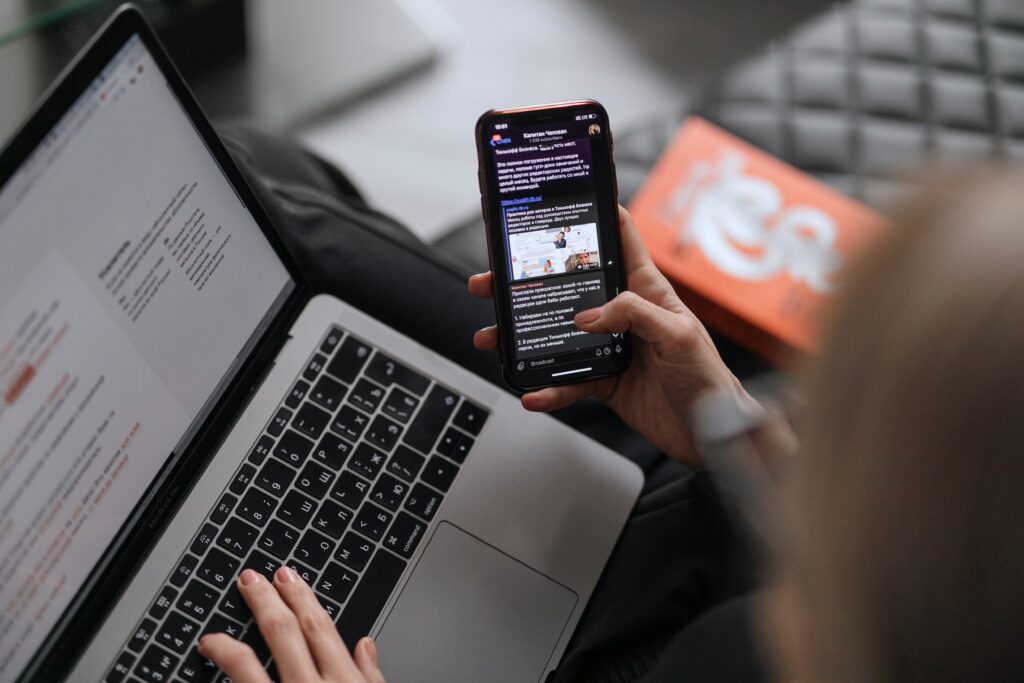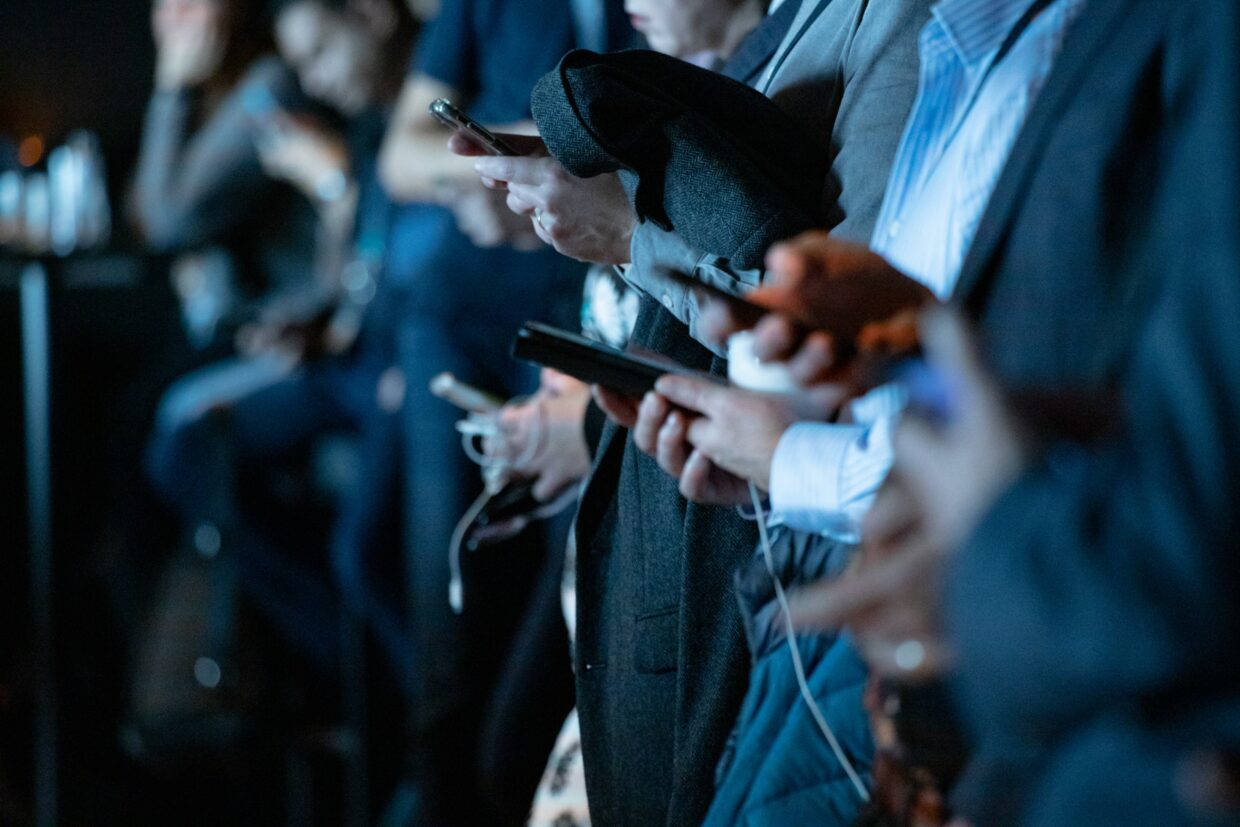
Technology has been rapidly evolving and changing the way we live. Today, we can use our smartphones and computers to connect with the world on social media platforms, websites, communication softwares, and the internet. These many ways to learn and communicate have made our personal learning networks (PLN) important. This leads to questions, such as what is social media networking? What is the motivation to participate? Are there risks & rewards to participating?
What does it mean to network using social media?
Networking with social media allows people to connect with others worldwide through social media apps or websites, such as Instagram, Facebook, TikTok, Snapchat, Twitter, Reddit, Discord, etc. Networking on these social media platforms includes sharing photos, videos, or written posts for the public to view. In addition, they can be used as news outlets to keep up to date with current events. Essentially, we are creating ‘weak links’ in our personal learning networks with friends and family, colleagues, classmates, and the public. In professional careers, this plays a significant role in staying connected with new colleagues after participating in conferences, workshops, seminars, or events (Rajagopal et al., 2011). During the COVID-19 pandemic, students used social media platforms, like Zoom, Discord, and Microsoft Teams, to keep up to date with professors and classmates. Creating these ‘weak links’ on social media allows individuals to create an environment to learn and the potential to develop stronger connections (Rajagopal et al., 2011).
How are we motivated to participate in networked publics?
The personal learning network model demonstrates how the motivation to participate in public networks begins (Rajagopal et al., 2011). First, we start with an attitude and intention to network, which may involve creating an online account or reaching out to people (Rajagopal et al., 2011). The choice to participate varies from person to person; however, one reason to participate in networking involves the convenient way to stay connected worldwide. It allows users to communicate quickly, develop, maintain relationships, stay up to date, and share content. For instance, a study by Cha (2010) found that a common attitude among people who social network frequently is the usefulness and ease of social networking sites. Another motivation to network is to feel connectedness, commonality, and reciprocal communication (Cha, 2010). An example is the Discord app, which lets the gaming community chat about their shared interests. Universities are also using this app for students to be involved in campus clubs and events to meet people in the same program. Moreover, people in professional careers seek commonality when deciding who to reach out in their personal learning networks (Rajagopal et al., 2011).
What are the risks & rewards of public communications?
Rewards
- The opportunity to expand your personal learning network. Public communications allow people to build relationships and grow professional networks online by chatting with colleagues, classmates, and other professionals. These networks may lead to career advancements that would not be possible without these public communications. For example, social media has created a platform for social media influencers to make a career out of partnering with brands and sharing photos and videos with fans globally.
- Connecting with anyone globally. The ability to reach out to anyone at anytime allows people to chat prior to talking in-person or connecting after a meeting. As well as viewing photos and videos of anyone allows us to stay up to date with their lives.
- Educating ourselves. Apps such as Instagram, Twitter, TikTok and YouTube are filled with content to educate others about global events, celebrities, or anything that comes to mind. People can also chat with others about the learned content.
Risks
- Privacy. With public communications, strangers can post photos of anyone in public and post it without the individual’s consent (Boyd, 2012). Once uploaded, photos, videos, and comments become a part of a permanent digital footprint. Anyone can access these photos and videos without knowing the person directly.
- The lack of control. A data leakage can be easily shared with the public, broader databases, and aggregate with other data (Boyd, 2012). For instance, social media influencers have no control over what rumours are spread to the internet, which can lead to online bullying.
- The use of advertisements to control our actions. When creating an account on social media apps, the user gives the app access to use their data to make algorithms (Boyd, 2012). These algorithms become stronger when the app has access to a person’s learning network, which controls what we see.
References
Boyd, D. (2012). Networked Privacy. Surveillance & Society, 10(3). https://doi.org/10.24908/ss.v10i3/4.4529
Cha, J. (2010). Factors affecting the frequency and amount of social networking site use: Motivations, perceptions, and privacy concerns. First Monday, 15(2). https://doi.org/10.5210/fm.v15i12.2889
Rajagopal, K., Joosten-ten Brinke, D., Van Bruggen, J., & Sloep. P. B. Understanding personal learning networks: Their structure, content and the networking skills needed to optimally use them. First Monday, 17(1). https://doi.org/10.5210/fm.v17i1.3559

picpen September 26, 2022
I saw you mentioned that data leak caused some influential people on social media by network bullying, I totally agree with your point of view, and I think the network bullying situation in rising. It’s even absurd that, over time, a lot of people think this is reasonable. They think that influential people should be standing in front of a magnifying glass to expose their privacy and should be subjected to malicious speculation and rumors. It is horrible.
Kathy Luu September 26, 2022
Hey Nataly,
Thanks for the post! I enjoyed reading your responses to the prompts.
I liked that you mentioned the potential use of someone’s image without consent. It seems to be a constant problem that comes with social media use. As you mentioned, what we post online becomes a permanent digital footprint. Knowing the potential to this privacy breach, why do you think people continue to share photos and videos of themselves online on, often times, unprivated social media accounts? I’d love to hear your thoughts.
Sincerely,
Kathy
caitlindoraty October 17, 2022
Hey! I really enjoyed reading your blog post!
I liked how you mentioned that data is used for algorithms. Our digital footprint seems to never leave us in that way.
Cait